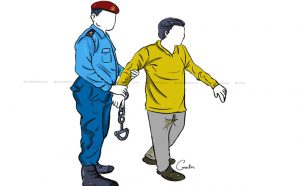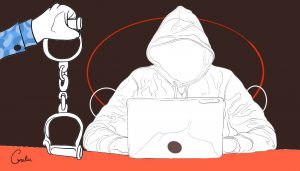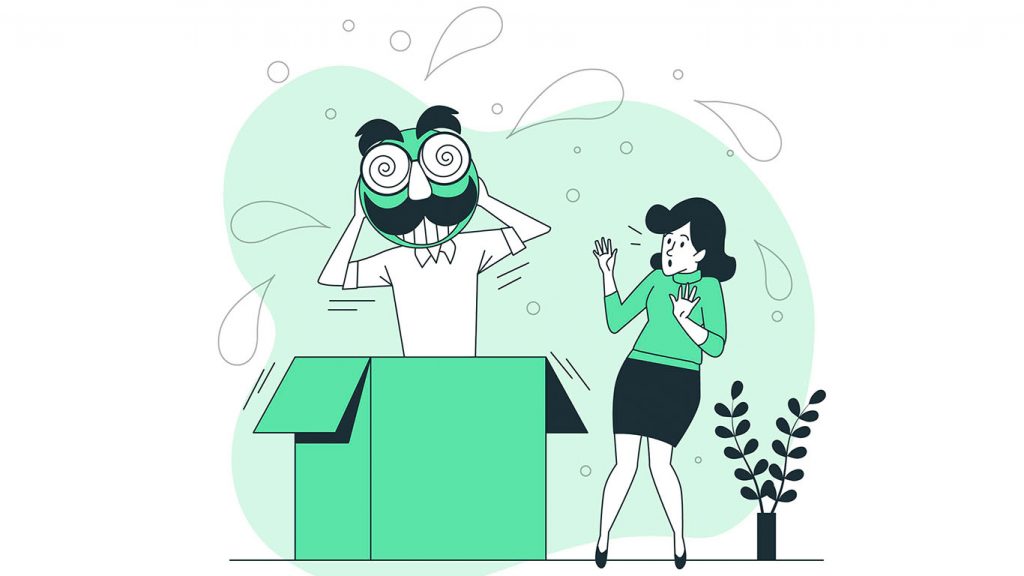
The popularity of prank videos on YouTube has made more youngsters create such videos in Nepal. However, pranking can be risky for others as well as the pranksters. It could be entertaining, but what if something goes wrong? There could be legal consequences and circumstances may occur that turn naughtiness into something harmful and destructive.
There are incidents in which, in the name of making jokes, people are crossing the line. Various criminal activities are being encouraged by such platforms as well. One can upload a prank video from any corner of the world in any language or form, which can be damaging.
Pranks gone wrong
On July 27, police arrested a prankster Pradip Bhusal, who recorded and posted a video of him threatening a woman with an acid attack. Just to make a prank video, he threatened a local woman strolling down the street by saying he would attack her with acid if she did not give him money, her cell phone, or jewellery. The video footage went viral on social media.
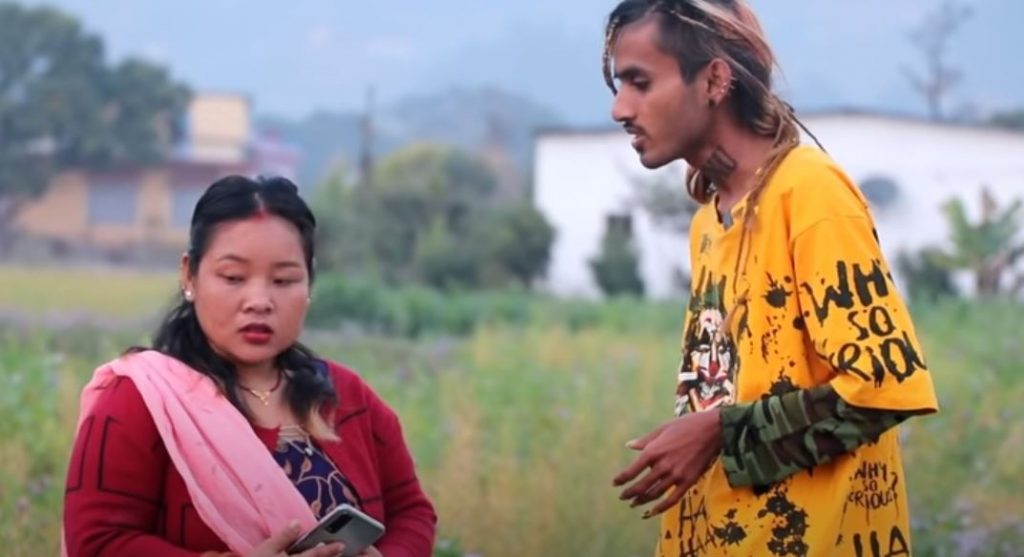
Similarly, on July 7, 2016, Nepali Prankster (YouTube channel) uploaded a prank video with the title: Nepali Prank – Epic Khukuri Prank. This prank almost killed a man with fear. The actor displayed a khukuri with a dramatic style as if he was going to kill him, who was walking on the road. Though the khukuri was fake, its paint made it look real. The actors of the prank got arrested for this act. However, police could not charge them with punishment though they created terror at the scene.
On July 7, 2015, the prank video uploaded by Nepali Prankster with the title Epic Scary Axe Prank in Nepal almost gave a heart attack to one of the men. In this video, the prankster boy is seen holding a fake axe to create terror in the civilians. The axe seems to be real.
Violation of the law
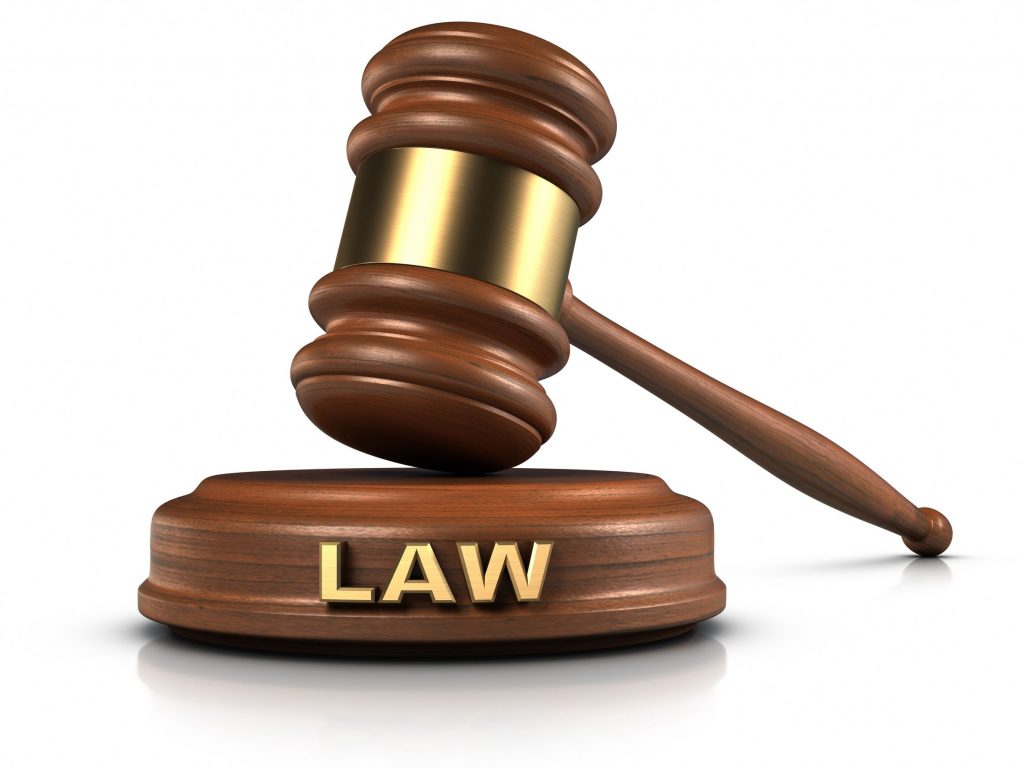
In another prank video, people appearing as two Nepali traffic policemen stop a couple of motorcyclists and ask them to park on the side of the road. The supposed policemen ask the riders for their driving licences. However, they could not show their licences. Afterwards, the policemen make them do push-ups, perform poetry, and even indulge in insulting jibes. This act of prank actors clearly violates the right to privacy of the public and the misuse of the power and uniform of police officers.
Likewise, in one of the prank videos, the actors are seen dealing with drug-like substances, which is illegal. The colour of the substance is similar to brown sugar. Not only this, in the other prank video, an actor tells the public that he has been kidnapped and his kidnappers have made him wear a suit that has a bomb fitted to it. As he shows the inside of the suit, the public sees the bomb-like things and they start to run due to fear creating chaos and terror in the area.
What should be done for the acts equal to crime?

These acts are not different from criminal behaviours. There is a category of crime in which the act is sufficient to hold a person guilty, relative liability.
However, there is no specific legal provision to regulate the activities of the prank video makers. The scattered legal provision, in general, is supposed to guide their behaviour.
There is an extensive demand for laws to regulate activities that use information technology and communications (ICT). ICT is taken as a platform for the commission of a crime. The nature of postmodern crime is different from the conventional pattern of crime.
Prank video makers are unaware of the limits set by the laws. They take every action for granted. Their acts should be guided by the norms set by society. Humour is not a matter of illegality, but the content of humour defines its legality of it.
As such, in the name of pranks, the people are doing anything they like, which is sometimes against the legal norms and values. Such behaviour is to be guided by a specific statute.
Moreover, in the era of rule of law, nobody is above the law. It is necessary that the behaviours of prank actors are guided by law in specific. There is a principle that ignorance of the law is no excuse in criminal law, so the pranksters should be brought under the ambit of the law.




